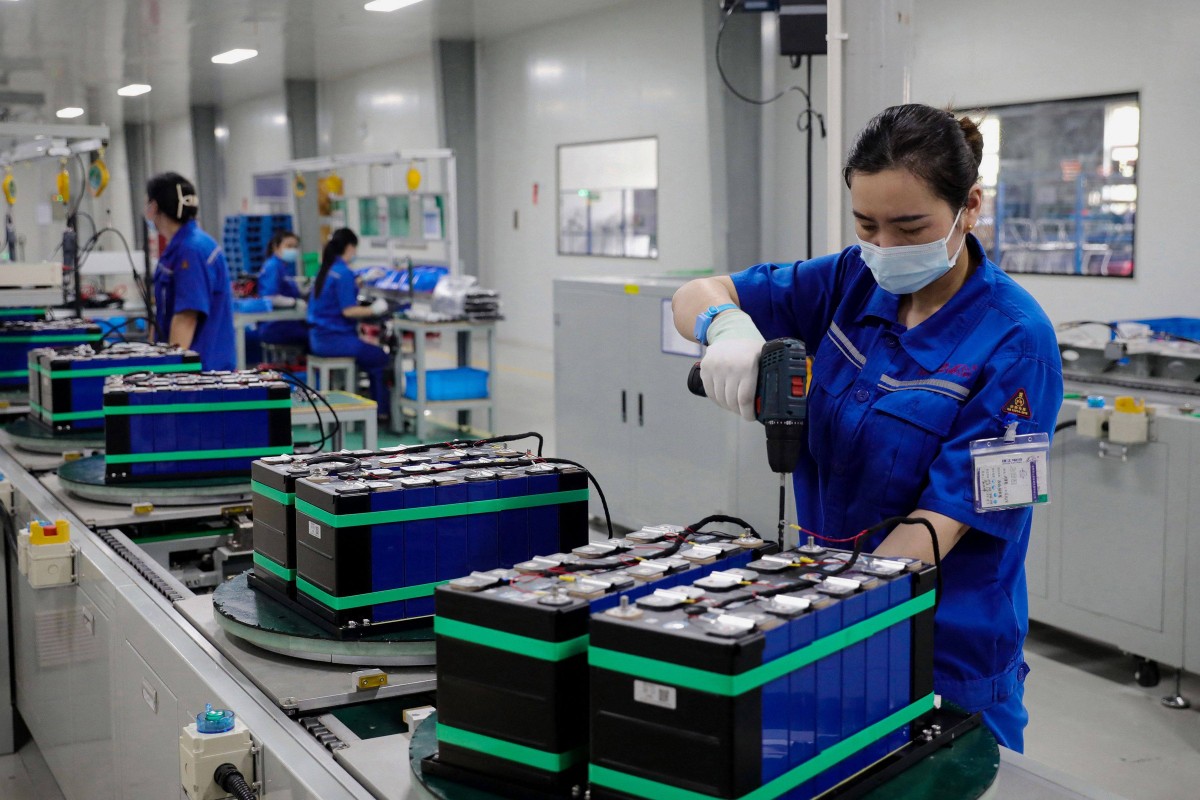Recycled Solar Panels: Unlocking the Potential of Next-Generation Lithium Batteries

In a groundbreaking development, Chinese scientists have discovered a way to transform discarded solar panels into high-performance lithium battery material. By utilizing silicon battery anodes and a new type of electrolyte, these researchers have created lithium batteries that can store more energy than traditional graphite anodes. This breakthrough could revolutionize the electric vehicle (EV) industry and grid-scale energy storage. Let's delve deeper into this exciting development.
The Limitations of Graphite Anodes
Lithium-ion batteries with graphite anodes are nearing their energy density limits, unable to meet the growing demands of electric vehicles. Recognizing this challenge, the team from the Qingdao Institute of Bioenergy and Bioprocess Technology turned to silicon anodes. Silicon anodes offer a higher capacity than graphite and are widely regarded as a game-changer for lithium-ion batteries due to their availability and superior performance.
The Potential of Silicon Anodes
When combined with the new electrolyte, the silicon anodes demonstrated remarkable results. In pouch batteries, which are lightweight and flexible, the anodes achieved an energy density of 340 watt-hours per kg over 80 charging and discharging cycles, surpassing the limits of graphite anodes. Additionally, the silicon anodes exhibited an average charge efficiency of 99.9% and retained 83.1% of their capacity after 200 charging cycles.
Sustainable Sourcing and Cost Reduction
One of the significant advantages of this breakthrough is the ability to source silicon from discarded solar panels. This sustainable approach not only mitigates the economic and environmental impacts of photovoltaic waste but also reduces the cost of lithium-ion batteries. Dong Tiantian, co-first author of the research paper, highlights that converting waste into valuable battery components increases accessibility to these advanced batteries.
Reducing Reliance on Graphite
Graphite anodes are currently used globally in electric vehicles, with China being the top producer and exporter of graphite. However, more than 90% of the graphite used in electric vehicle anodes comes from China. To address potential supply chain issues, the researchers propose silicon anodes as a viable alternative. Silicon is the second most abundant element in the Earth's crust and can be found worldwide. By replacing graphite anodes with silicon anodes, the energy density of lithium-ion batteries could increase by over 35%.
Overcoming Challenges
While silicon anodes offer immense potential, there are obstacles to their commercial deployment, such as mechanical fracturing. To address this, the researchers utilized micro-sized silicon particles derived from discarded solar panels. This recycling strategy not only lowers the overall cost of lithium-ion batteries but also tackles the challenges associated with micro-sized silicon anode materials.
Advancements in Battery Technology
The team also incorporated a flexible solid-electrolyte interphase, a protective layer that forms on the anode. This innovation helps reduce the impact of fracturing and other undesirable reactions. The anodes, along with the accompanying lithium hexafluorophosphate and ether-based electrolyte, demonstrated operational stability in temperatures ranging from -10 to 55 degrees Celsius.
A Sustainable and Promising Future
By utilizing recycled materials and advanced chemical engineering, the researchers have showcased the possibility of high-performance and environmentally sustainable lithium-ion batteries. Cui Guanglei, author and professor at the Qingdao Institute, expresses optimism that this work could pave the way for next-generation batteries for electric vehicles and grid-scale energy storage.
Conclusion
The discovery of using recycled solar panels to create high-performance lithium battery material is a significant breakthrough. This innovation not only addresses the limitations of graphite anodes but also offers a sustainable solution to the growing demand for advanced batteries. With the potential to revolutionize the EV industry and grid-scale energy storage, this research opens up new possibilities for a greener and more efficient future.